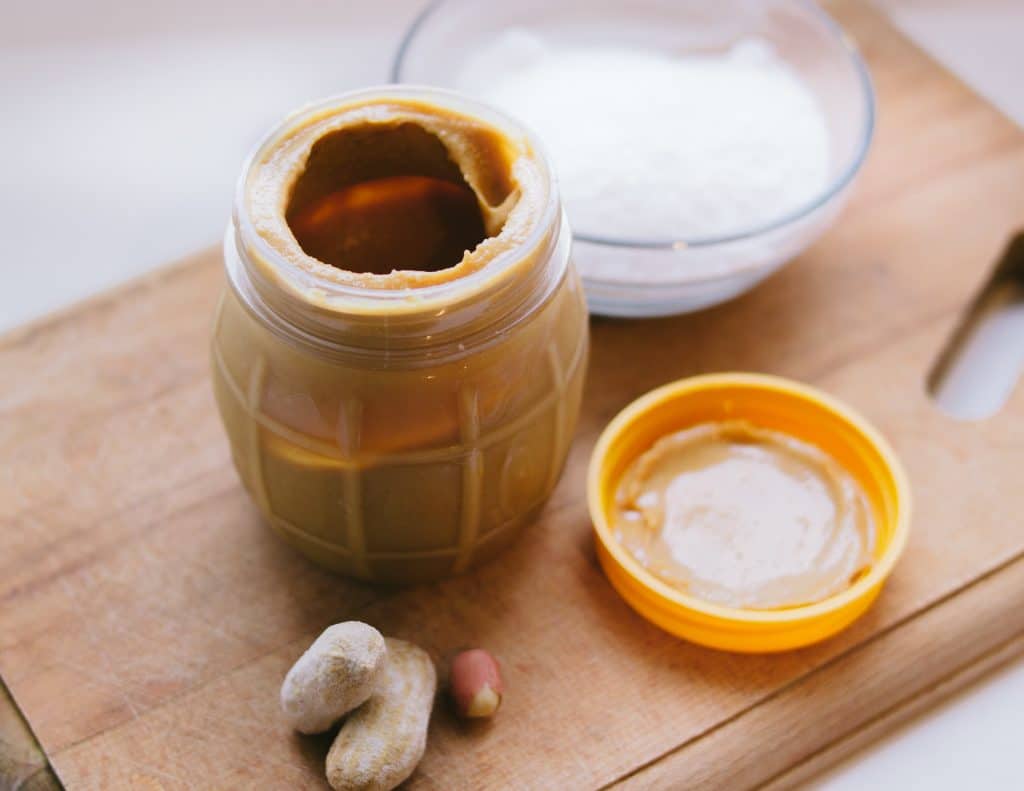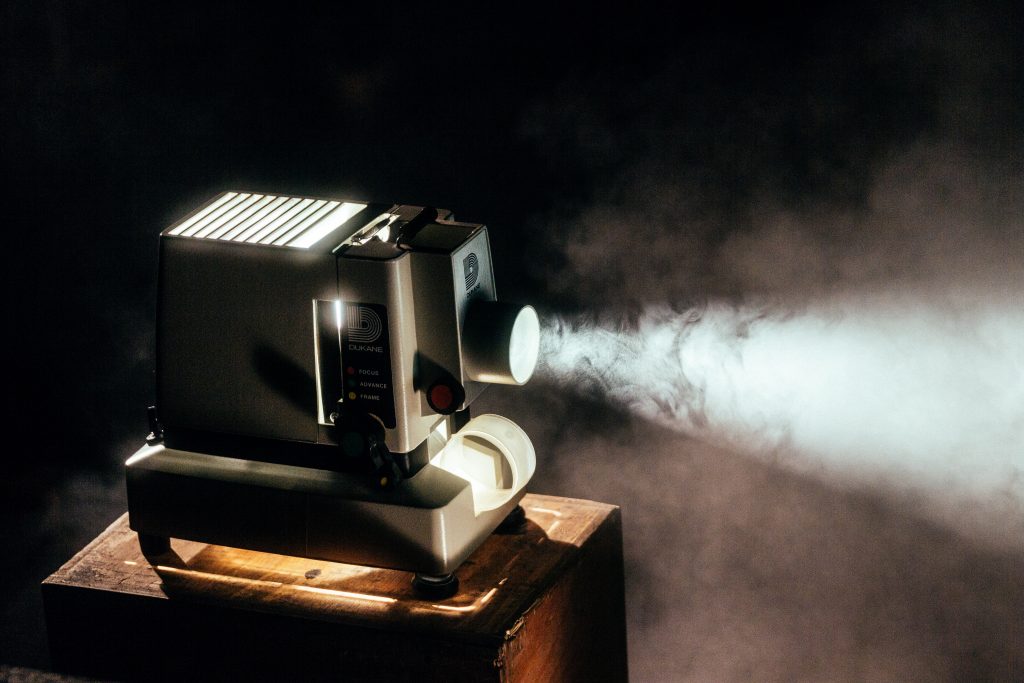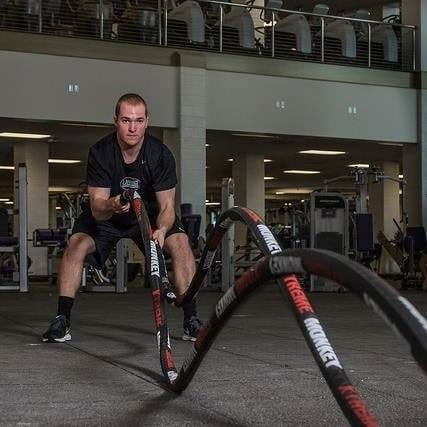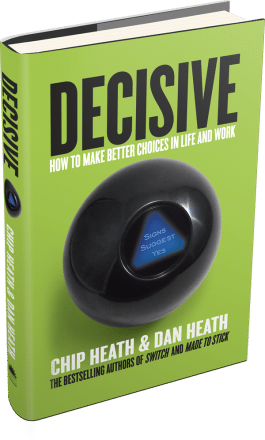“Sometimes we think we’re gathering information when we’re actually fishing for support.” – Chip Heath and Dan Heath
We like to think that, when it comes to making decisions, we’re fairly unbiased—that we’re objective when it comes to gathering information. The unfortunate thing though, is that no matter how hard we try, whether we are aware of it or not, we inherently look for information to support our beliefs. This is called confirmation bias, and its what Chip and Dan Heath call the second villain in decision making (click here to read part 1 and learn about the first villain of decision making).
If we think that creamy peanut butter is better than crunchy peanut butter for example (which for the record, it is), then we’re going to seek information to support that belief. What’s more important though, finding something to prove us right or to make the best decision possible?

The confirmation bias also affects what we may take notice of in the first place. For example, let’s say that you don’t like the way your co-workers act. They slack off when they’re supposed to be working, gossip about everyone in the office, etc. Heck, even their laugh bugs you.
Whether you realize it or not the confirmation bias is working to make sure you notice those little annoyances first. Sure, they helped you on a project recently, but that pales in comparison to the way they slack off each day. You believe they are horrible co-workers so you’re on the lookout for evidence to prove you right.
So, if confirmation bias is a problem in decision-making, then what can we do about it? For starters you must accept that you can fall victim to it, because we all can. Once we accept this then we can make use of the following two ideas. The two ideas are:
1) Outside View and Inside View
2) Ooch
Outside View and Inside View
The idea of the outside view and inside view is helpful in seeing both sides of a situation. Most of the time, in part due to the confirmation bias, we take an inside view of situations. The inside view consists of our impressions of a situation, or simply how we perceive it. The outside view is more helpful however, since it looks at the averages of a certain situation. For example, maybe you have a desire to watch a good action movie and look online to see what’s in theaters.
Your first impressions of Robot Chainsaw Explosion are good, so you decide to buy tickets (inside view). If, on the other hand though, you decided to look through the lens of the outside view, you could look at the reviews for the movie. By looking at the average of all the reviews for Robot Chainsaw Explosion you see it got a 1.5/5 stars. Not very good. Instead, you now notice an action movie rated 4.5/5 stars, and decide to see that. You used an outside view to gain a better perspective of the situation and didn’t let the confirmation bias win.

This raises a question about our decisions though. If we look at the outside view for things like a movie, or which restaurant to eat at, then why don’t we look to it more often for bigger decisions? Simply put, we like to trust our impressions and own ability too much.
Let’s say you want to start up a fancy sock company that utilizes a monthly sock subscription service. Is there a way to use the outside view here? Sure, you can look to statistics for companies that have tried a similar idea. What you find is that 70% of those companies fail within the first two years. Whether you decide you can do it or not is up to you, but at least you have a clearer view of the big picture. It would have been easy to trust your knowledge of fancy socks and assume you’d easily find success in this entrepreneurial endeavor.
Sometimes though, the outside view isn’t enough alone to help us make an informed decision and check our own biases and assumptions. If that’s the case, then we can try ooching to “reality-test our assumptions,” as Chip and Dan Heath would say.
Ooching
“To ooch is to construct small experiments to test one’s hypothesis.”
Have you ever done a free trial for a service like Netflix or Hulu? If you have then you’ve “ooched” before. We like certainty and we want to make sure what we’re investing in is a good choice, which is why we like trials. We can try the product before purchasing it. Why don’t we do this with the bigger decisions in our life though?
Take a second and think about that question. We have nurses taking years of classes before setting foot in a hospital. Lawyers committing to a rigorous program without spending time in courthouse. If we take the time to do some ooching first and shadow other lawyers or nurses, then something valuable happens. Either we find out it’s not for us and decide upon another career, or we decide that we are still interested and pursue becoming a lawyer with even more confidence in our decision.

Personally, upon reflection, I realized I got lucky at one point with a similar decision. When I attended JMU I spent my whole first year undeclared, and even when I declared, I wasn’t sure what I would do with my major. It was only after countless hours of interning with strength and conditioning (ooching) that it became clear. I realized I wanted to become a strength coach to help others, just not in the collegiate realm. That ooching experience is what, in part, lead me to eventually start working here at BSP NOVA.
To use BSP NOVA as an example, our internship offers men and women a similar opportunity to ooch. They can intern with us to learn a crap load of great information and skills as a coach, and also as a way to see if the field is a good fit for them. And we can’t forget becoming a member of the gym—everyone has the chance to ooch by taking advantage of our free week of training before committing any further.

An important caveat to all this though, is that ooching helps us gather information to make a decision. It’s not meant to be used as a way to skirt around a big commitment. For example, we can’t kind of test out the waters when joining the military, by doing a trial for a couple of weeks, because we must commit. But, as seen in the examples above, ooching can be a fantastic tool given the appropriate context. Instead of guessing and predicting if something will work out for us, we let our ooching experiment prove it for us.
When it comes to the big decisions in our lives we have a knack for letting our biases get in the way. Luckily for us though there is hope. If you’re struggling with an important decision, then try looking through the lens of both the outside and inside views. Or, try ooching to improve your decisions if possible. Regardless of whether you use one or both of the ideas, make decisions based on the best information available, not just information that proves you right.
Source:

Decisive: How To Make Better Choices In Life And Work by Chip Heath And Dan Heath
